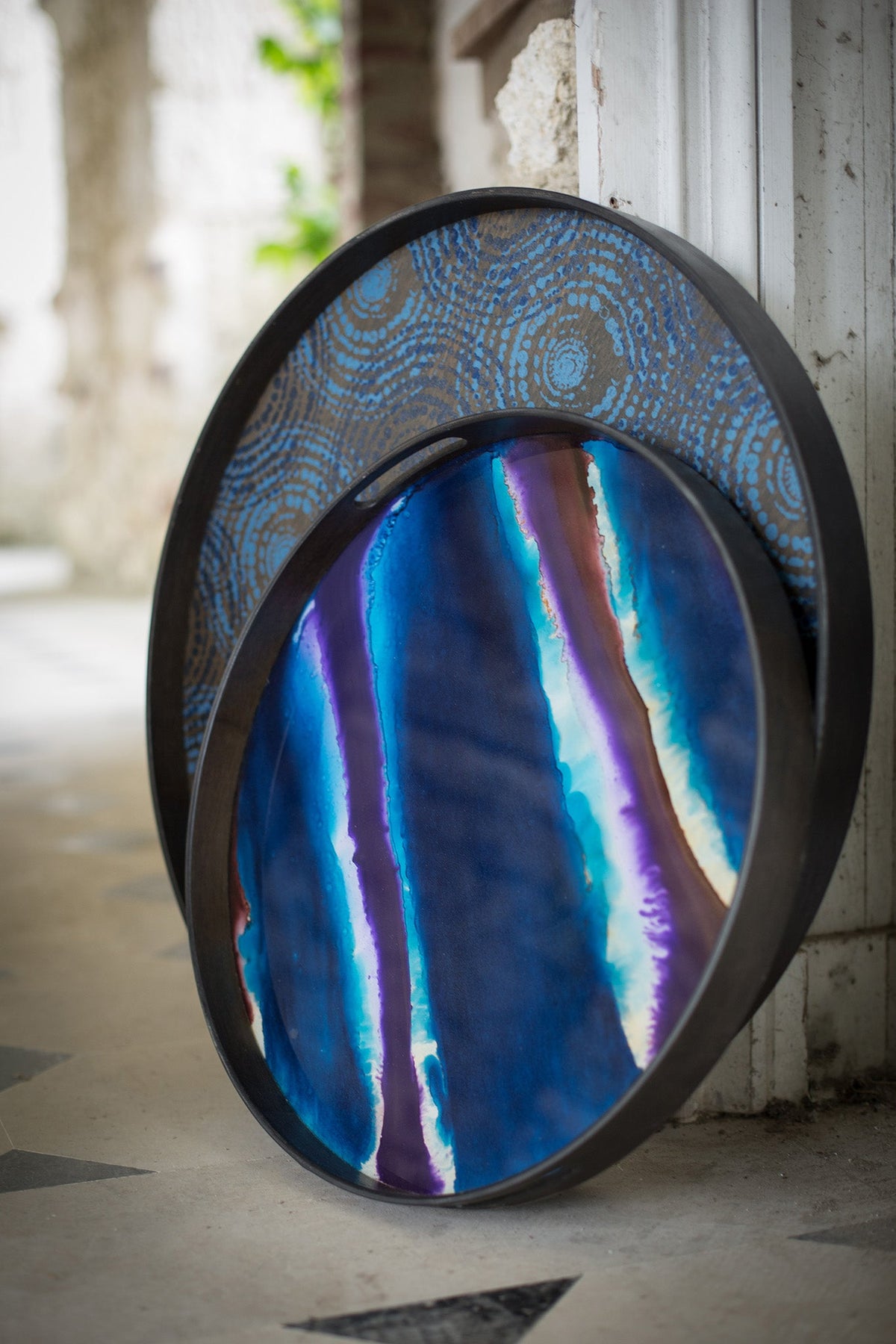Product care: Mirrors

There is a range of cleaning products making claims to be best for mirrors, but the cleaning and maintenance of glass and mirrors are actually simple and inexpensive. We recommend the following:
The best and safest cleaner for a mirror is clear, warm water on a soft, lint-free cloth. Ensure all water is squeezed from the cloth before wiping. Dry the mirror immediately with a dry lint-free cloth.
Don't use harsh cleaners for mirror clean up after installation. Both acid and alkali substances can damage the front surface, edges, or backing of the mirror. Abrasive cleaners should never be used on any mirror surface.
Don't spray cleaners directly on the mirror. Instead, apply a small amount of cleaner directly onto a soft, lint-free cloth to wipe the mirror. This will help prevent the cleaner from contacting the edges of the mirror and damaging them.
Don't use commercial mirror cleaners that contain ammonia or vinegar.
Do use soft, lint and grit-free cloths to clean a mirror. This reduces the chances of scratching.
Care should always be taken to ensure all joints and edges are dry so that no liquid or cleaner comes into contact with the mirror's edges and backing.
These products are intended for indoor use only.
Wooden frames
Our wooden frames are finished with a protective topcoat to repel common substances. However, this protective coat is no foolproof guarantee against stains, which should always be removed immediately.
For regular dusting, use a dry cloth. For a more thorough cleaning, use furniture polish with a soft cloth.Metal frames
Dust regularly using a soft dry cloth. For a more thorough cleaning, use mild soap and warm water. Rinse with clean water and wipe dry.
Do not use steel wool, sandpaper, mineral acid, bleach or chlorine cleaners on metal surfaces.For wall mounted installation we recommend:
- Choosing a sturdy fixing suitable for the wall (drywall, plaster or brick). Test before hanging the product.
- Before drilling into the wall, tape an open envelope below the spot to catch the dust.

